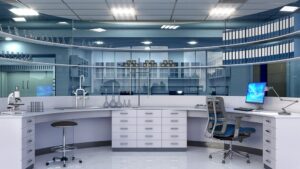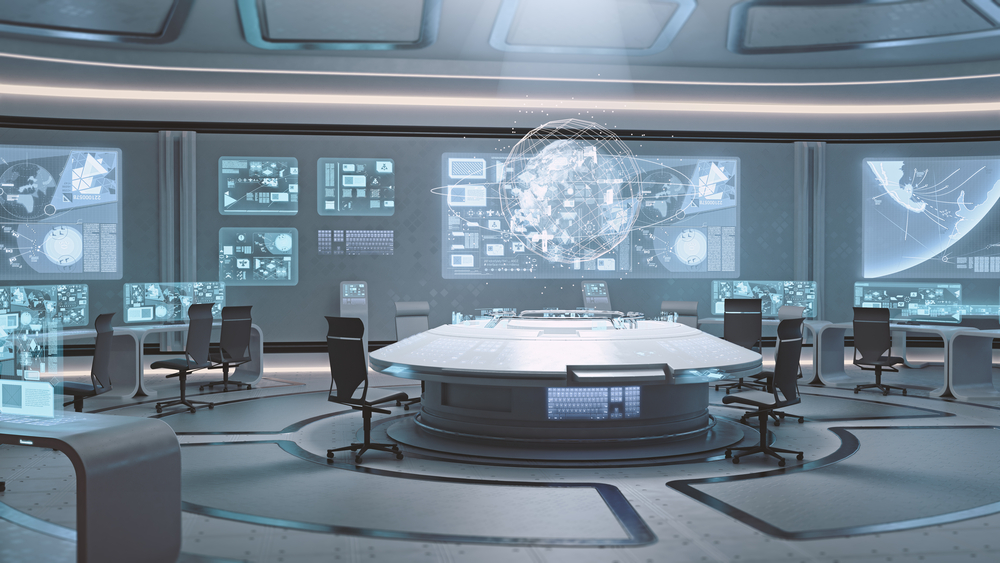
In the rapidly evolving landscape of scientific research and development, laboratory furniture design plays a crucial role in enhancing productivity and innovation. Today’s laboratories are moving beyond mere functionality to embrace a holistic approach that combines aesthetics with practicality.
This shift recognizes the impact of well-designed spaces on the well-being and efficiency of lab workers, who often endure long hours in these environments. By integrating ergonomic laboratory furniture, natural elements, and flexible design solutions, modern laboratories are creating spaces that are not only efficient and functional but also inviting and inspiring.
This article explores the latest trends in laboratory furniture design, highlighting how thoughtful design can transform sterile environments into warm, soothing spaces that promote both productivity and well-being.
Impact of Aesthetics on Lab Workers
A design process that includes aesthetics in modern laboratories can have significant effects on lab workers’ well-being, productivity, and even safety. Here are some ways aesthetics, beyond laboratory furniture design, can influence lab workers:
Psychological Benefits
The psychological benefits of aesthetically pleasing laboratory environments are significant. A well-designed, aesthetically pleasing lab with thoughtful color schemes, natural light, and laboratory furniture design that is visually appealing can greatly enhance the mood and mental well-being of lab workers.
When lab workers operate in an environment that feels pleasant and welcoming, it can lead to increased motivation and job satisfaction. This positive atmosphere fosters a sense of pride and ownership in their work, making them feel more valued and appreciated, which in turn can lead to higher levels of engagement and productivity.
Productivity Enhancements
Aesthetics in laboratory furniture design play a crucial role in boosting productivity. An environment that is visually stimulating and well-organized helps lab workers maintain better focus and concentration. When the workspace is free from clutter and designed with efficiency in mind, it reduces distractions and allows for smoother workflow.
Additionally, aesthetically pleasing environments have been shown to reduce stress and fatigue, enabling lab workers to perform at their best for longer periods. This combination of improved focus and reduced stress directly contributes to enhanced overall productivity.
Health and Comfort
Health and comfort are paramount in a laboratory setting, where workers often spend long hours on their feet or at their desks. Ergonomic laboratory furniture, which is both functional and visually appealing, can significantly reduce physical strain and discomfort.
Incorporating natural light and choosing color schemes that are easy on the eyes can also improve physical well-being, reducing eye strain and headaches. By prioritizing health and comfort through aesthetic design, labs can create environments that support the physical health of their workers, ultimately leading to fewer work-related injuries and a more sustainable working environment.
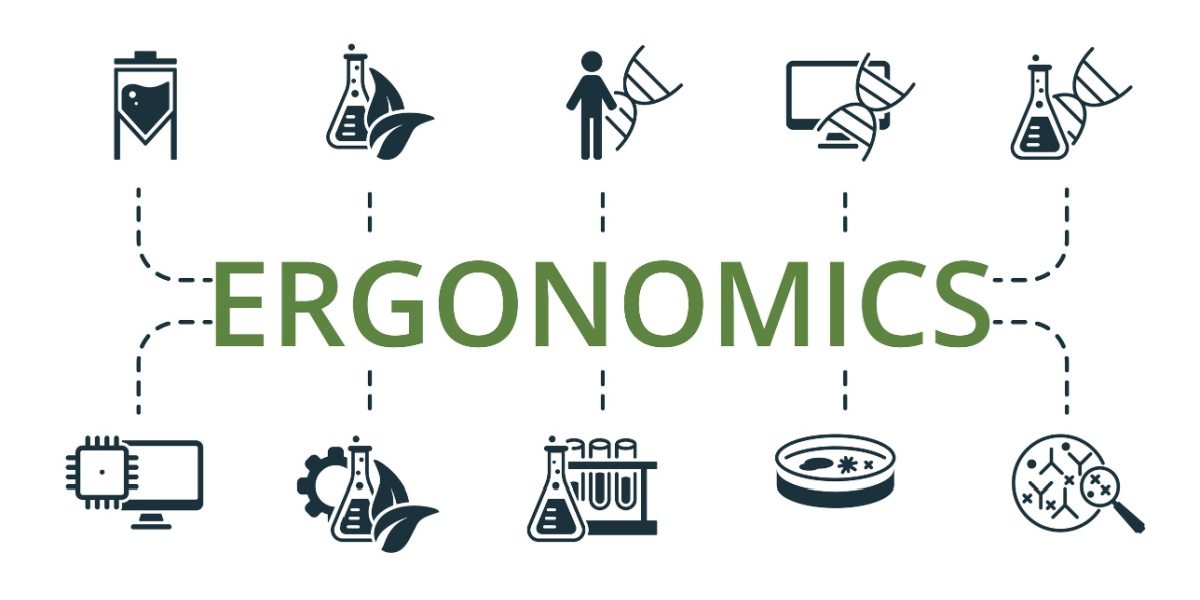
Safety
Aesthetics can also play a role in laboratory safety. Clear signage, proper lighting, and unobstructed pathways can help prevent accidents and ensure that emergency equipment is easily accessible. Additionally, a visually appealing environment can encourage adherence to safety protocols and promote a culture of responsibility among lab workers.
Creativity and Innovation
Aesthetic elements such as artwork, greenery, or visually interesting design features can stimulate creativity and innovation among lab workers. A visually inspiring environment can encourage creative thinking and facilitate collaboration and idea generation.
Work Environment and Collaboration
The laboratory furniture design and aesthetics of a laboratory can greatly influence the work environment and the level of collaboration among staff. A well-designed lab that fosters a welcoming and inclusive atmosphere encourages open communication and teamwork.
Spaces that are aesthetically pleasing and thoughtfully arranged make it easier for workers to interact and share ideas, leading to more effective collaboration and innovation. Additionally, a positive and attractive work environment can enhance the overall morale of the team, creating a culture of mutual respect and cooperation, which is essential for the success of any laboratory.
Retention and Recruitment
A modern and attractive laboratory can be a key factor in attracting and retaining talent. Potential employees may be more inclined to join a company or institution with well-designed facilities, while existing employees may feel more satisfied and engaged in their work, reducing turnover rates.
Overall, aesthetics in modern laboratories can have a profound impact on the well-being and performance of lab workers, influencing everything from mood and productivity to safety and innovation. Investing in laboratory furniture design that creates an aesthetically pleasing work environment can yield numerous benefits for both employees and employers alike.
Studies
Environmental psychology studies have shown how the physical characteristics of the workplace environment can influence employees’ well-being.
Drawing on Conservation of Resources (COR) theory, a study on workplace aesthetics and exhaustion highlighted the significant impact of aesthetic appreciation on the exhaustion levels of healthcare and medical staff involved in a mass COVID-19 vaccination program during the pandemic.
This finding can be extrapolated to research personnel who also endure long work hours. Just as the study found that the aesthetic appreciation of the workplace affects medical personnel’s exhaustion, research personnel working extended hours in laboratories can experience similar benefits from well-designed environments.
Positive and negative moods play a mediating role in this relationship, while an interest in art can moderate the impact of positive moods on exhaustion. For research personnel, this suggests that enhancing the aesthetic appeal of the lab and fostering an interest in art could mitigate exhaustion and promote well-being.
Managers can intervene by making the laboratory environment more attractive and encouraging artistic interests among lab users. However, further research is needed to explore these relationships fully and address the study’s limitations.
Current Laboratory Furniture Design Trends
Minimalist Design
Minimalist laboratory furniture design is becoming increasingly popular in lab settings due to its emphasis on clean lines and uncluttered spaces. This design trend focuses on simplicity and functionality, using neutral colors and straightforward furniture to create an environment that is both efficient and aesthetically pleasing.
By eliminating unnecessary elements, minimalist design reduces visual clutter and distractions, allowing lab workers to concentrate better on their tasks. This approach not only enhances the overall look of the lab but also promotes a more organized and productive workspace that promotes practicality.
Ergonomics
Ergonomically designed laboratory furniture is essential in lab spaces, where workers often spend extended periods at their workstations.
Adjustable chairs and desks that can be tailored to individual needs help reduce the risk of repetitive strain injuries and other musculoskeletal problems.
Ergonomic design also considers the placement of equipment and tools to minimize unnecessary movements and postures that can lead to fatigue and discomfort.
By prioritizing ergonomics, labs can create a more comfortable and supportive environment, enhancing worker well-being, productivity, and practicality.
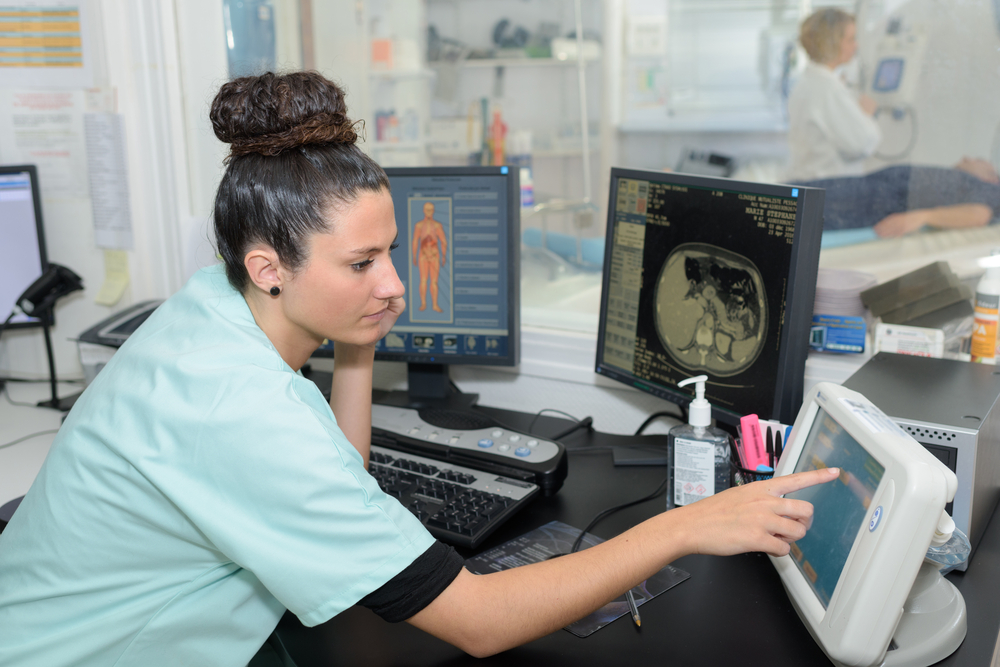
Sustainable Materials
Sustainability is a key trend in modern laboratory furniture design. The use of eco-friendly and recyclable materials not only reduces the environmental impact of lab construction but also promotes a culture of sustainability within the lab.
Materials such as bamboo, recycled metals, and low-VOC (volatile organic compound) finishes are becoming popular choices.
Sustainable design also includes energy-efficient lighting and climate control systems.
By adopting sustainable materials and practices, labs can contribute to environmental conservation while creating a healthier and more responsible work environment.
Modular and Flexible Furniture
Flexibility is crucial in today’s dynamic laboratory environments. Modular and flexible laboratory furniture systems allow labs to easily reconfigure their spaces to accommodate different tasks, projects, and team sizes.
This adaptability is particularly important in research settings where the nature of work can change rapidly. Modular laboratory furniture can be rearranged or expanded as needed, providing versatility and a cost-effective solution.
Flexible design also supports collaborative work by enabling the creation of different types of workspaces, from individual stations to group areas, fostering a more adaptable and productive lab environment.
Smart Furniture
The integration of cutting-edge technology into laboratory furniture design is a growing trend aimed at enhancing functionality and efficiency.
Smart lab furniture includes features such as built-in charging stations, data connectivity, and adjustable, chemical resistant work surfaces that can be controlled via apps or touchscreens.
These innovations help streamline daily operations, making it easier for lab workers to access the tools and information they need.
Smart laboratory furniture also supports the increasing use of digital technologies such as VR and robotics in research and development, ensuring that labs are equipped to handle the demands of modern scientific work.
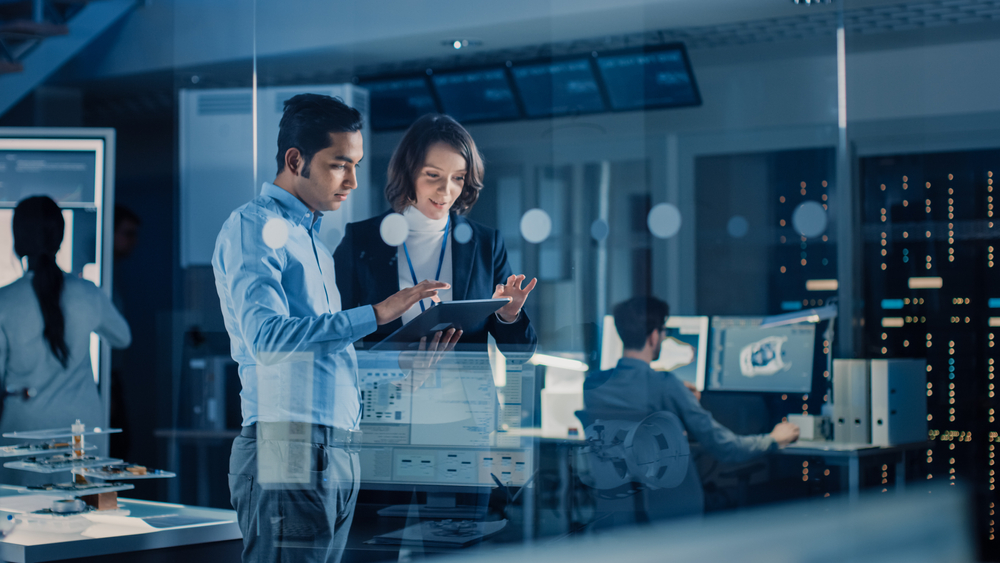
Aesthetic Integration
Blending design aesthetics with the specific functional requirements of lab furniture is a key trend in modern lab design.
This involves using colors, materials, and design elements that not only enhance the visual appeal of the lab but also support its operational needs.
For instance, using durable, easy-to-clean materials that still look attractive, or incorporating design elements that improve lighting and acoustics while maintaining a pleasing aesthetic.
By thoughtfully integrating aesthetics and functionality, labs can create environments that are both beautiful and practical, enhancing the overall experience for lab workers.
Related Reading: Glass Wall Cabinets: Merging Aesthetics with Function in the Lab
Incorporating Elegant Touches in Traditionally Sterile Environments
Modern laboratories around the world are increasingly prioritizing the integration of aesthetics and practicality in their design. These forward-thinking facilities recognize the importance of creating environments that are not only functional but also visually appealing and conducive to the well-being of lab workers. Here are some ways to achieve this:
1. Art and Murals
Incorporating art, such as landscape paintings or murals, can add color and vibrancy to laboratory spaces. In addition to aesthetics in laboratory furniture, these artistic elements can serve as focal points, providing visual interest and a sense of tranquility. Murals, in particular, can cover large wall areas, creating immersive scenes that transport workers away from the sterility of the lab.
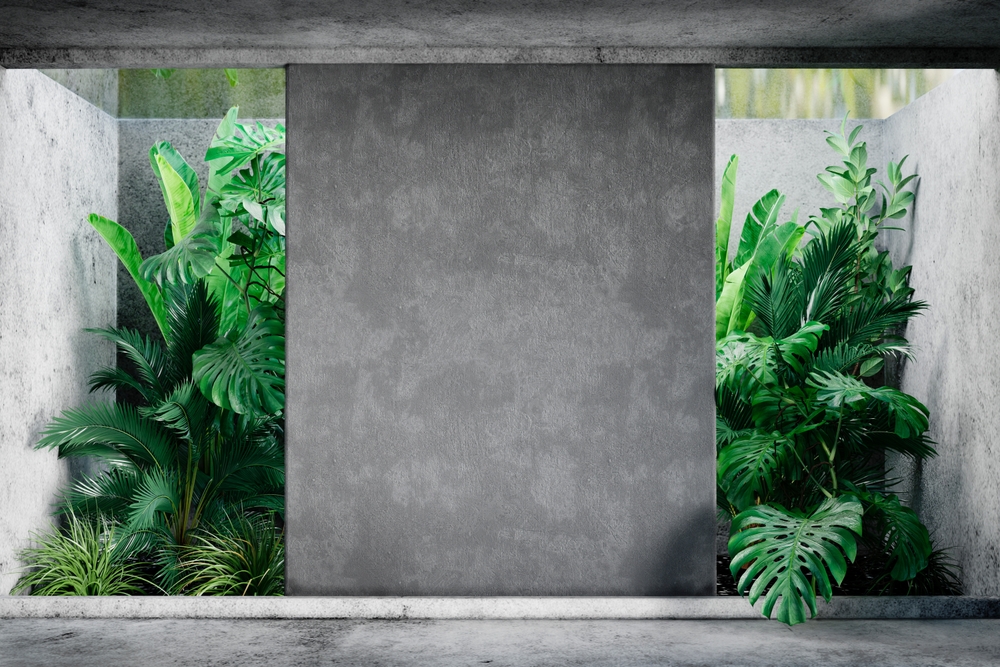
2. Green Walls
Green walls, or vertical gardens, are an excellent way to introduce natural elements into the lab environment. These living walls enhance the aesthetics and improve air quality and create a calming effect. The presence of greenery has been shown to reduce stress and increase overall well-being, making green walls a valuable addition to any lab space.
3. Water Features
The mechanical flow of a body of water, such as small indoor waterfalls or water features, can add to the ambiance and bring a sense of peace and relaxation to the lab. The sound of flowing water can act as a natural white noise, helping to mask distracting sounds and create a more focused work environment. Water features also add a dynamic, elegant touch to the design.
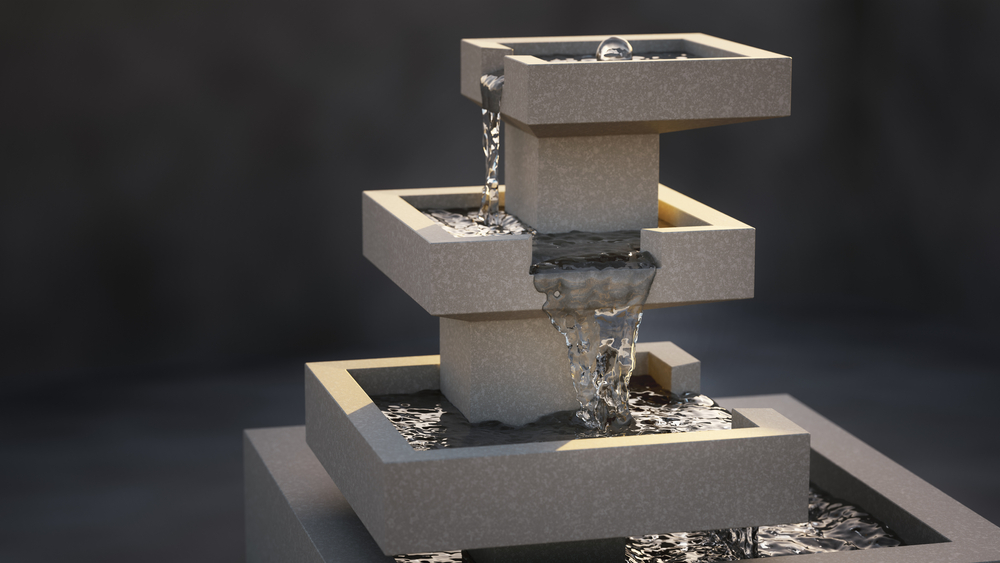
4. Atriums and Natural Light
Incorporating architectural features such as atriums can make a significant impact on the feel of a laboratory. Atriums allow natural light to flood the space, creating a bright and welcoming atmosphere. Additionally, features like etched and stained-glass walls can add artistic elegance while diffusing natural light, casting beautiful patterns and colors throughout the lab.
5. Visual Connection with Nature
When interior space is limited, using glass walls can offer an effective solution to bring natural light into the lab and provide a visual connection with the outside environment. Glass walls allow workers to enjoy views of nature, which can be incredibly soothing and refreshing. This connection to the outdoors can help reduce feelings of confinement and enhance overall mood and productivity.
By thoughtfully incorporating these elegant touches with aesthetic laboratory furniture design, labs can create environments that balance the necessary sterility with warmth and comfort, ultimately fostering a more positive and productive atmosphere for lab workers.
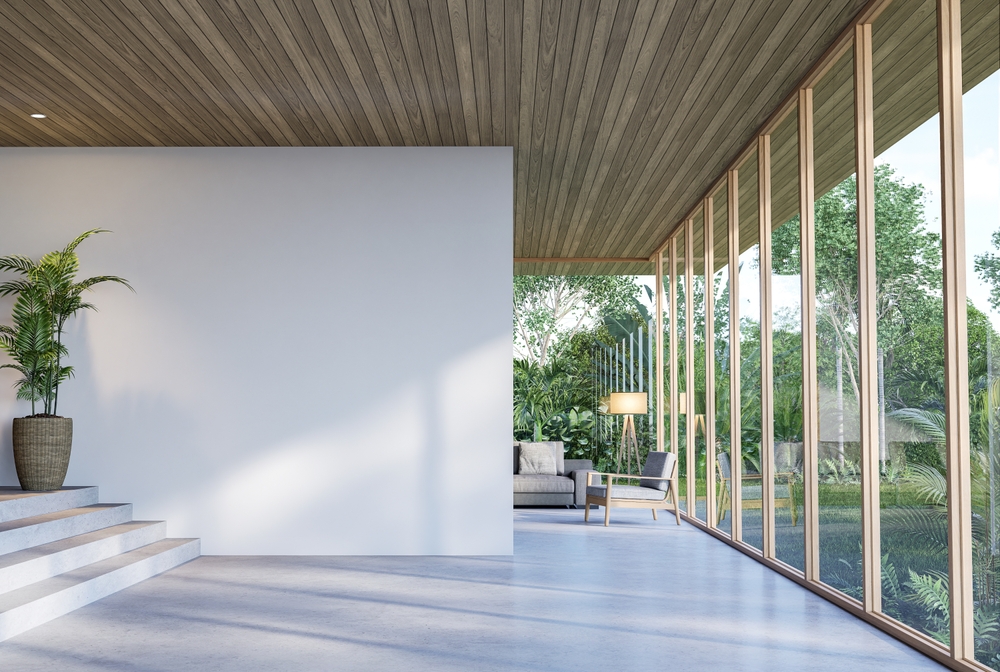
Conclusion
As the demands on scientific research continue to grow, the design of laboratory environments must evolve to meet these challenges. By combining aesthetics with practicality, modern laboratories are setting new standards for both functionality and worker well-being.
Thoughtful laboratory furniture design, such as ergonomics, natural light, and sustainable materials, enhance productivity and create a more comfortable and engaging work environment. Incorporating elegant touches like art, green walls, and water features further transforms traditionally sterile spaces into inviting, soothing environments.
By embracing these interior design trends, laboratories can foster a positive and productive atmosphere, ultimately contributing to the lab practicality along with the success and satisfaction of their workers. The future of laboratory furniture design lies in this balanced approach, where beauty and utility coexist to create spaces that inspire and support groundbreaking scientific work.


